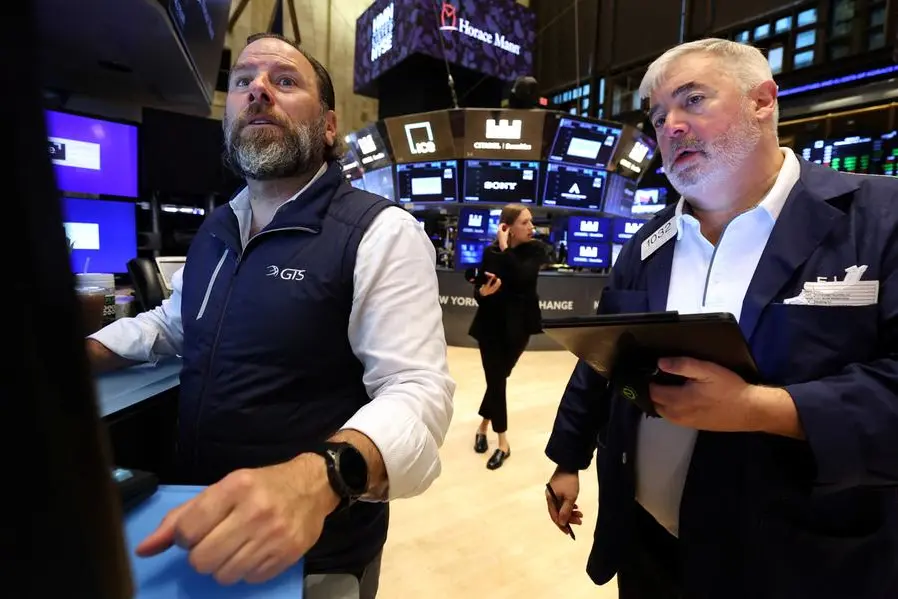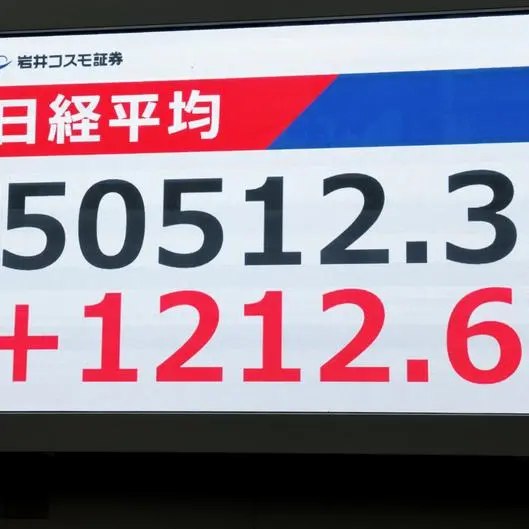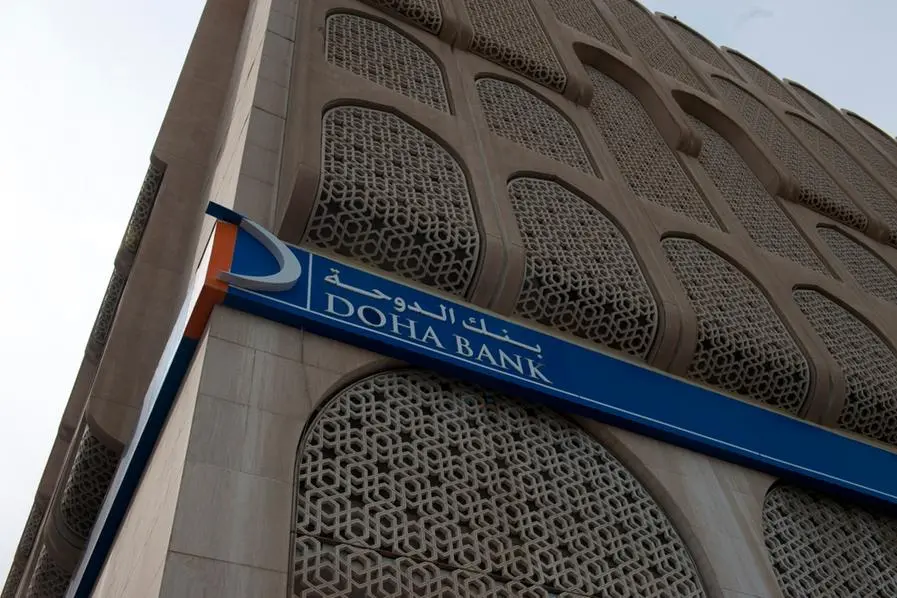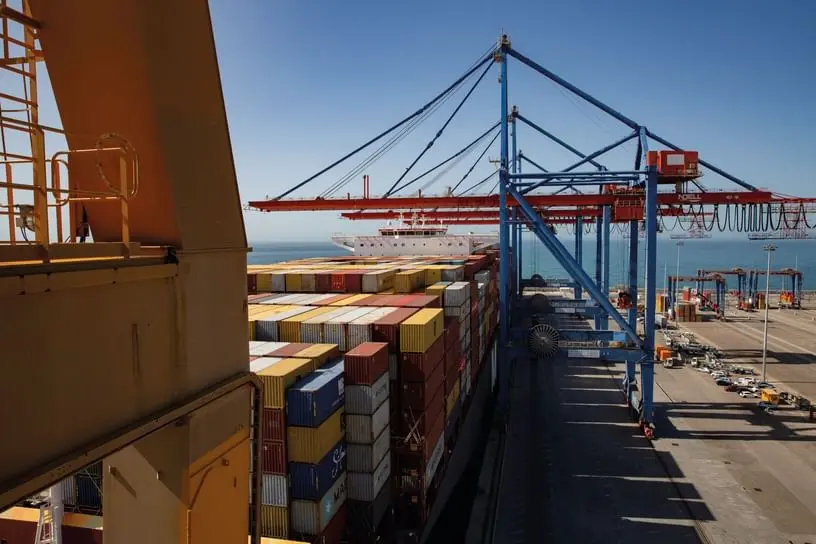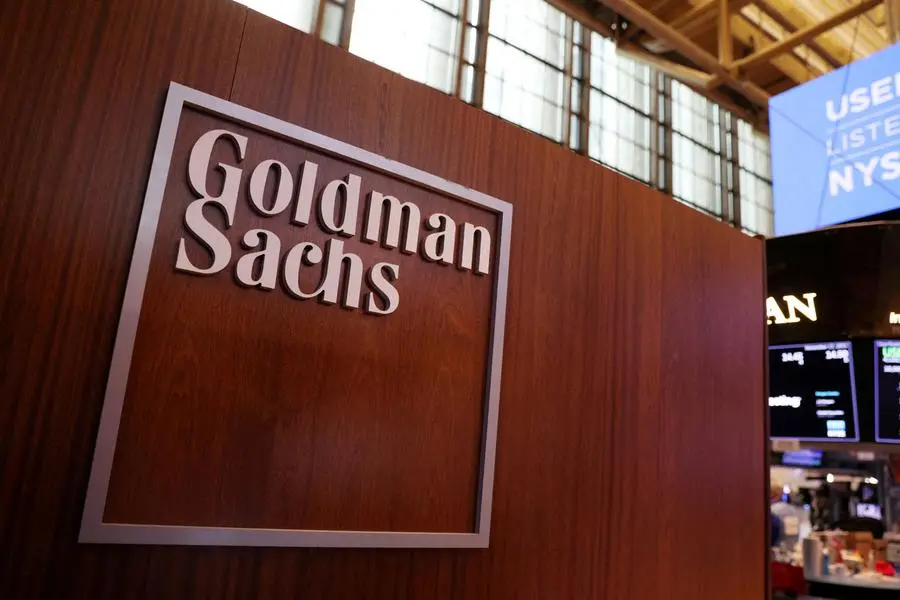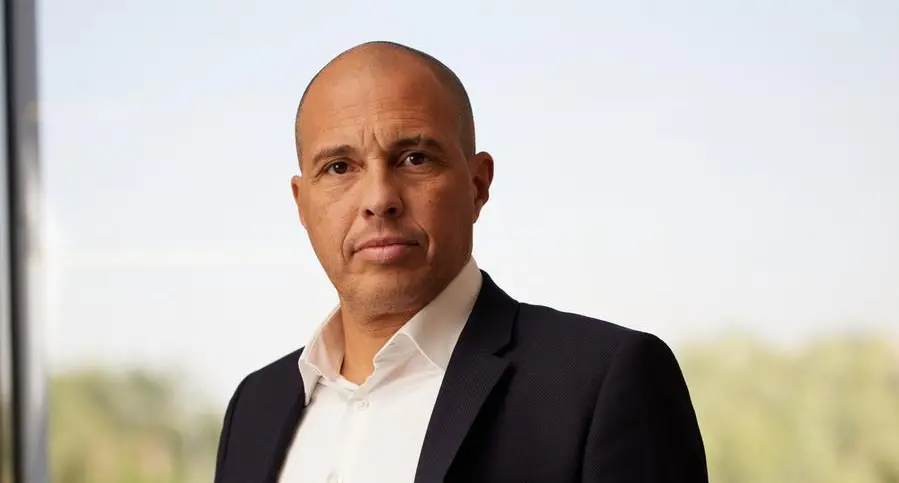PHOTO
Financial markets remained remarkably orderly and liquid during the wild price swings at the height of April’s US tariff tantrum, senior traders told ISDA’s annual general meeting in Amsterdam on Thursday, although many predict more volatility ahead despite the recent return to calmer markets.
“The financial markets came through it very, very well,” said Jared Noering, global head of fixed income trading at NatWest.
Although bid-offer spreads on bonds widened by two to three times, Noering noted that futures margins were stable and repo markets remained liquid and open for business. He highlighted the greater proportion of hedge funds clearing repo trades compared to a few years ago as a helpful factor in maintaining the calm.
“All this allowed for more resilience in the market, allowed us to weather the storm and come back from there. And I do feel like the markets are in a much better space,” said Noering.
Financial markets swooned in the wake of US president Donald Trump announcement on April 2 of larger and broader-than-expected tariffs against its trading partners. The S&P 500 plunged 12% in the space of four days, 10-year Treasury yields jumped and Cboe’s VIX volatility index closed at its highest level since the outbreak of the pandemic in 2020.
Traders drew a contrast with that period and other episodes of market stress, however, confirming that trading conditions held up well despite the headline moves in asset prices.
“Liquidity has been remarkably decent in this period,” said Diederik Visser, head of swaps trading at ABN AMRO. “In August, the rout we had in fixed income felt way more panicky than the moves we saw in April,” referring to the market turmoil in the wake of Japan's Nikkei 225 index dropping 12.4% on August 5.
Thomas Fielden, head of European single stock options at Optiver, said a lot of people were hedged ahead of the tariff announcement following earlier bouts of volatility such as the selloff in US technology stocks in late February after China’s DeepSeek launched its artificial intelligence model.
“We thought the market was pretty well positioned for this kind of event. And actually, during the panic, if anything people’s hedges rolled off and they converted to more bullish structures,” Fielden said. “On the volatility space it was quite a different scenario than previous panics we’ve seen before.”
Andrew Ng, group head of global financial markets at DBS Bank, said it didn’t feel like a crisis and liquidity was “still there”.
“But any big shock, I’m not so sure [that will continue],” he said. “I think this is just the beginning [of volatility], so buckle up.”
Financial markets have stabilised since the Trump administration rowed back on many (although not all) of its April tariff announcements, including a recent softening in its stance towards China. The S&P 500 is now roughly flat for the year to date, having been down more than 15% at the height of the turmoil, as a more conciliatory tone has emerged from Washington, while the VIX is back its pre-April 2 level.
Calm before the storm?
Several traders suggest this is merely the calm before the next storm. Noering noted how the move towards deglobalisation is “fractionalising economies”, “causing friction” and “upending the way we’ve worked... probably since World War II”.
“This is probably just the beginning of the volatility that we’re probably going to see over the next four years or longer because things are changing dramatically,” he said.
More immediately, Noering highlighted discrepancies between so-called soft data – which is flagging a potential slowing in the US economy – and hard data that remains fine so far. He expects the hard data to deteriorate in time as well.
“A lot of people talk about a ‘shallow’ recession. Whatever type of recession… it's going to be terrible for the global economy and I think we need to be ready for that in the second half of the year,” Noering said.
Fielden highlighted that short-dated volatility has dropped quickly as investors anticipate a quieter period heading into summer following the Trump administration’s 90-day tariff pause. However, there are some signs of traders positioning for a pickup in volatility when the impact of tariff policies starts to be felt.
“We think the [pricing of volatility in] the summer months could be a bit too complacent,” he said.
Visser highlighted other challenges facing markets, including moves in short-dated euro rates trading being “completely dominated by hedge funds”.
“I do think there is risk out there with risk moving into the unregulated space, rather than the heavily regulated banking sector,” he said.
Identifying effective hedges for periods of market stress is another challenge. Visser said the easiest thing for market makers to do in this uncertainty is simply to reduce risk positions. “That’s something that we have done,” he said.
Ng said diversification has been a major talking point in Asia lately amid the US tariff uncertainty.
“We have been reducing some of our [Treasury] portfolio,” he said, and switching to other currencies like Japanese government bonds, as well as euro and some Asian and Australian bonds. "I think this has not only happened [to] us. I think a lot of corporates in Asia are doing the same thing.”
Source: IFR
